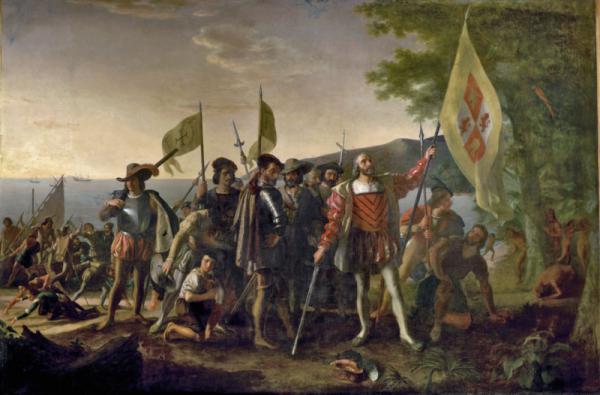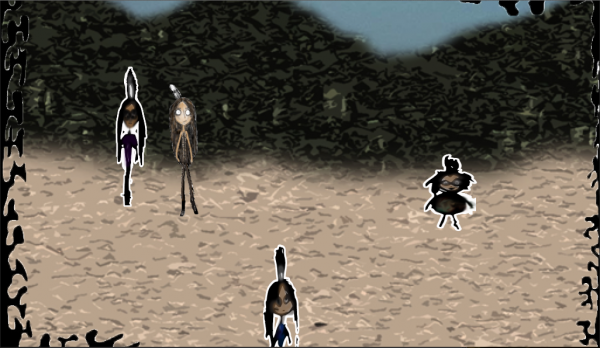By Wayne Kruse, The Herald
The answer, deer hunters, is “yes.” And the question is: Are we allowed to hunt on national forest land this weekend?
With the federal government shutdown still in place as of Wednesday, and U.S. Forest Service personnel on furlough, it wasn’t possible to get a live federal opinion on whether or not hunters would be welcome on federally managed land for the modern firearm deer opener on Saturday. But state Fish and Wildlife Department enforcement captain Mike Hobbs, at the agency’s Mill Creek office, said that in his opinion, unless you’re faced with a locked gate or signage specifically denying entry, you’re good to go.
And with that out of the way, here’s a quick rundown on prospects for the 2013 hunting seasons in selected parts of the state:
Okanogan County mule deer: A real bright spot in Washington’s deer-hunting picture this year, according to district wildlife biologist Scott Fitkin. The Okanogan supports Washington’s largest migratory mule deer herd, has excellent public access, and has long been arguably the most popular hunting area for mulies and a few whitetail.
This year should provide a good hunt, Fitkin said, following three consecutive winters of above average fawn recruitment. Hunters should see moderate numbers of younger bucks but — and here’s the big draw this year — the best population of older bucks in a long time.
A survey last year showed 34 bucks per 100 does, the highest ratio in decades, and an indicator of excellent buck carryover. Fitkin said summer forage conditions were favorable, so deer should be in top physical condition this fall.
Permits and regulations are about the same as last year, which produced a harvest 13 percent better than 2010. The top total harvest was in Game Management Unit 204, with its 50-50 population of whitetail and mule deer, but GMUs 215, 218, 224 and 233 also were good. Those five units produced 75 percent of the county’s deer harvest in 2012.
Southwest Washington blacktail: Several units here are almost always tops in the state for blacktail. The highest general season harvest last year was in GMUs 501 (Lincoln), 520 (Winston), 530 (Ryderwood) and 550 (Coweeman). The better hunting by far, according to state district biologist Pat Miller, is during the late portion of the general season or during the late buck hunt, when wind and rain have dampened and knocked down thick foliage.
Some of the better hunting occurs on private forest land, which can be researched on the Department of Fish and Wildlife’s Private Lands website, page 96 of the hunting regulations pamphlet or at the state’s Go Hunt mapping website. Weyerhaeuser’s phone number is 1-866-636-6531; the Cowlitz Valley Ranger District office is 360-497-1100; and the Castle Rock Department of Natural Resources office is 360-577-2025.
Southwest Washington elk: The area is usually No. 1 or 2 in the state for elk hunting success rates, according to biologist Miller. The best units last year were 506 (Willapa Hills), 520 (Winston), 530 (Ryderwood), and 550 (Coweeman). Permit elk hunters took 1,458 elk in 2012, while general season hunters harvested 1,728 animals.
Columbia Basin birds: Grant County is traditionally the best place in the state to hunt ducks, geese and pheasant, and because the harvest has been fairly consistent over the past 10 years, this season should be no different.
The highest population of wild pheasant (Eastern Washington pheasant season doesn’t open until the Oct. 19), according to district biologist Rich Finger in Ephrata, is around the Frenchmen and Winchester wasteways, between Potholes Reservoir and the town of George. Mixed bags of wild and released pheasant can be found along lower Crab Creek, around the Gloyd Seeps, and in the Quincy and Dry Falls areas.
Don’t always zero in on the release sites, Finger says. Data show that released birds made up only a quarter of the pheasant, at most, taken in the county in 2012.
Pheasant tips: Move fast and cover a lot of ground; use non-toxic shot and diversify your bag with waterfowl; try the pheasant release sites (go to wdfw.wa.gov/hunting and find Eastern Washington Phasant Enhancement Program).
Opening weekend for waterfowl in the north Basin is usually very good, Finger said, averaging better than three birds per person on the 2012 opener. Local hatches have been declining, but migratory populations from Canada and Alaska have been strong. The outlook this season for northern ducks is perhaps down a little from last year, but generally above 10-year averages.
Grant and Adams counties last year put out a total of 90,228 ducks, with the peak number of migrating mallards harvested in December.
Two of the better public duck hunting areas according to Finger include the north end “sand dunes” portion of Potholes Reservoir and, particularly, Winchester Lake. A mix of pheasant, duck and goose hunting is available to the public through the state’s Regulated Access Areas, and private grain fields enrolled in the Hunter Access Program. For more information on the two programs, call the Ephrata office at 509-759-4624.
Finger said a crucial factor in Columbia Basin waterfowl hunting is scouting — both to see where the birds are feeding and to gain permission from the landowner to hunt.
Processing big game
Your animal is down. Now what do you do? Cabela’s Tulalip presents a big-game processing seminar from noon to 2 p.m. Saturday in the boat showroom, with an experienced meat cutter demonstrating live how to field dress and debone your big game. Please preregister by calling 360-474-4880.
At 3 p.m. the processing scene turns to meat grinding for sausage, inside the Tulalip store, at “the mountain.” Grinding for proper texture, plus seasonings for sausage, hamburger and more.
At noon Sunday, in the main store aisle, learn dehydrating tips for beginners; preserving your harvest and making delicious snacks.
And finally, at 2 p.m. Sunday outside the front of the store, gather “Game Day Recipes” and tips on how to use different cookers and quick and easy spices to turn game meat into a game pleaser.
For more outdoor news, read Wayne Kruse’s blog at www.heraldnet.com/huntingandfishing.
















 October 9, 2013
October 9, 2013
